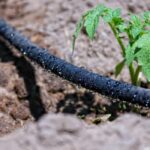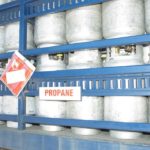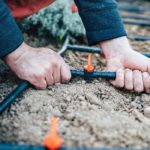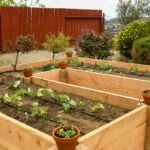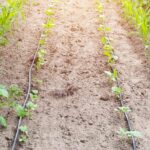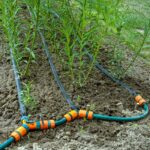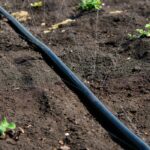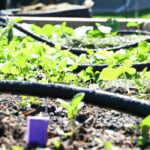Deciding between a soaker hose system or a drip irrigation system can seem like a daunting choice. This is because there are many factors to consider, from cost to garden layout and expertise in installation. Knowing which system is better for what layout and individual gardener can help ease the process of installation but also allow more time to enjoy your garden.
Drip irrigation consists of a tube with smaller emitters that waters each plant. A soaker hose system is a single tube that soaks the whole area through a porous material. Drip irrigation is expensive but allows customization, while a soaker hose is simple to set up and cost-effective.
Whether your garden is in rows or on a hill, knowing which system suits your garden is the best place to begin when deciding if you want a soaker hose or drip irrigation system. The second thing to consider is the price and how much time and effort you want to contribute to the setup. In either case, whether you choose drip irrigation or a soaker hose setup, you will be able to enjoy an automatic watering system that is more cost-effective and efficient than the plain old sprinkler system.
What is a Drip Irrigation System?

Professional installers often favor a drip irrigation system, though you can also DIY it if you have the time and patience to finesse the setup. It consists of a long tube with smaller emitter tubes connected to it that then deliver water to the base of the individual plant.
In most cases, that main long tube is connected directly to a pressure regulator, backflow valve, and a filter to make it more efficient and cause less water waste.
The tubing consists of polyethylene plastic and allows for a customized setup.
Drip irrigation allows the water to target the plant individually and not the area around the plant, increasing weeds‘ growth. The leaves also remain dry since the plant will be watered from below, which cuts down on the problematic mildew growth that occurs with constant water on the leaves.
Are There Different Types of Drip Irrigation?
There are two different types of tubing, the drip tape, and the drip line. The drip tape is a flat-style tube that requires a pressure reducer and works well with subsurface installations. It is cheaper and more effective for watering row crops. However, it doesn’t last more than a few growing seasons.
The drip line is a round tube that utilizes more heavy-duty plastic and will last longer. A drip line comes with pre-installed emitters, which are best for crops planted at regular intervals.
However, it could also come with separate emitters that you install for more customization.
Drip Irrigation: Pros and Cons
Pros
- More Precise: Drip irrigation allows the crops to be individually watered right at the base of the plant, which optimizes the amount of water the roots get instead of wasting it around the plant where weeds will grow.
- Easy to Repair: Repairs will be needed, even with the most expensive system, but the benefit of drip irrigation is the fact that it can be easily repaired and parts replaced as needed.
- Customizable: Since drip irrigation is about setting up smaller emitters that directly water a plant’s root system, it is easy to set up in any area, regardless of shape or size. Hills, valleys, odd shaped gardens can all be outfitted with a drip irrigation system to receive equal and consistent watering.
- Timing: Setting up your drip irrigation system on a timer is incredibly easy and allows a hands-free watering system that turns on when needed.
Cons
- Expensive: With the level of customization and interworking parts, such as the individual emitters and the pressure regulator, getting a drip irrigation system installed can be more expensive.
- Tedious Installation: If you choose to DIY your drip irrigation, many interworking parts make the setup long and tedious. It takes extra time and effort to correctly install the system, including laying all the tubing, cutting sections, and inserting the correct flow values and drippers. Alternatively, you could hire a professional to install it, which increases the upfront cost.
- Regular Maintenance: Over time, your emitters could get clogged with dirt, which does require periodic inspection and maintenance.
What is a Soaker Hose?
A soaker hose is a favorite amongst home gardeners because it offers an easy, automatic watering system. They are typically made from recycled rubber and polyethylene plastic and are distinctively porous along their entire length, allowing water to slowly seep out for a deep soak.
Simple to set up compared to the drip irrigation system, it is often chosen by home gardeners who want an easy DIY option without adding too much expense.
All you need to do to set up is attach the soaker hose to a garden faucet, and you are ready to go. There are no other parts besides the hose to purchase, and it often comes ready to use, making it the more affordable option.
However, while the drip irrigation system offers precise watering, the soaker hose soaks the entire area with water slowly seeping out across the whole length of the hose. This could lead to more weeds, water waste, and plant nutrient runoff.
It is also less customizable and often used for row crops since it needs a flat, uninterrupted length of ground for water to reach the end of the hose. But, of course, you can always configure this simplistic setup. Still, it requires you to cut the hose into smaller sections and join them back together, shortening the overall length and significantly impacting pressure.
Are There Different Types of Soaker Hoses?
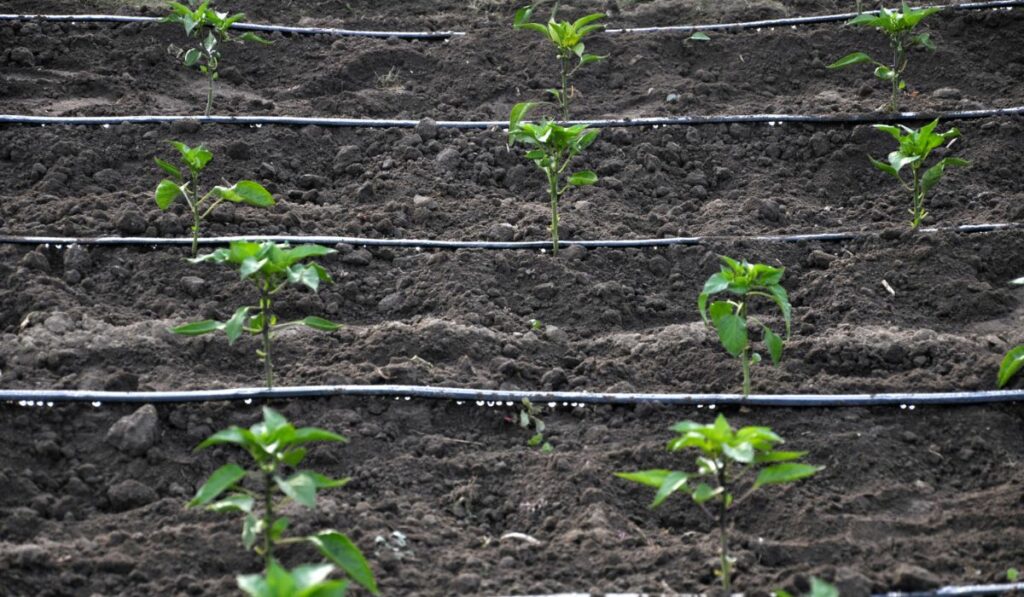
You can buy two types of soaker hoses: the flat soaker hose and the round soaker hose.
The flat soaker hose is made from a nylon-coated mesh with one-sided holes and only distributes water to a specific area. Since they are flat and cannot be rolled out, they are usually fixed in place and cannot be moved once installed. However, they are more customizable than round soaker hoses due to their ability to snake around plants and other garden fixtures.
The round soaker hose is made from rubber or vinyl and has several small holes around the entire length of the hose that slowly and evenly distributes the water. Round soaker hoses are typically more durable than their flat counterparts because of the highly porous material and the round structure.
They are also capable of being buried, which makes them more visually appealing. Compared to flat soaker hoses, they are also more durable and can last several years before needing to be replaced.
Soaker Hose: Pros and Cons
Pros
- Simple Setup: Regardless of the type of soaker hose you opt for, it is substantially easier to set up than the drip irrigation system. All you need to do is connect the hose to the garden faucet and lay out the hose along your garden rows. In total, this shouldn’t take more than a few minutes.
- Affordability: The only thing you need to purchase is the soaker hose. There are no interworking parts like pressure regulators and emitters that need to be purchased as well. You can also easily set up the soaker hose system yourself without possibly hiring a professional, cutting on cost once more.
- No Pressure Regulators: Probably the most daunting and expensive component of a drip irrigation system that isn’t needed in a soaker hose setup. When you want to adjust the pressure in your soaker hose, you just turn the garden faucet, making it easy to use and convenient.
- Ground Watering: Like the drip irrigation system, the soaker hose waters the plants from the ground, leaving the foliage dry and free of mildew.
- Lack of Regular Maintenance: Unlike drip irrigation, no regular maintenance needs to be done as there are no emitters that can clog over time.
Cons
- Less Precise: Unlike drip irrigation, soaker hoses water the entire area rather than the particular plant. The whole length of the soaker hose is used for watering, which could lead to weeds, water runoff, and waste.
- Not Versatile: Soaker hoses need to be laid on flat, regular-shaped surfaces since the water needs to flow across the entire length easily. Hills or irregularly shaped gardens will not be adequately watered if you decide to cut the soaker hose and make it more configurable, as this can cut down on the pressure of water.
- Difficult to Repair: If damage occurs from the sun, degradation, or accidents, it is challenging to try and fix it. The only way to replace a damaged section of a soaker hose is to cut off the broken part and merge the two ends again, which shortens the hose’s length and significantly cuts down on water pressure.
- Visual Appeal: Unlike drip irrigation which features smaller tubing and the ability to be buried underground, a soaker hose must remain on the surface and can be considered a visual eyesore.

